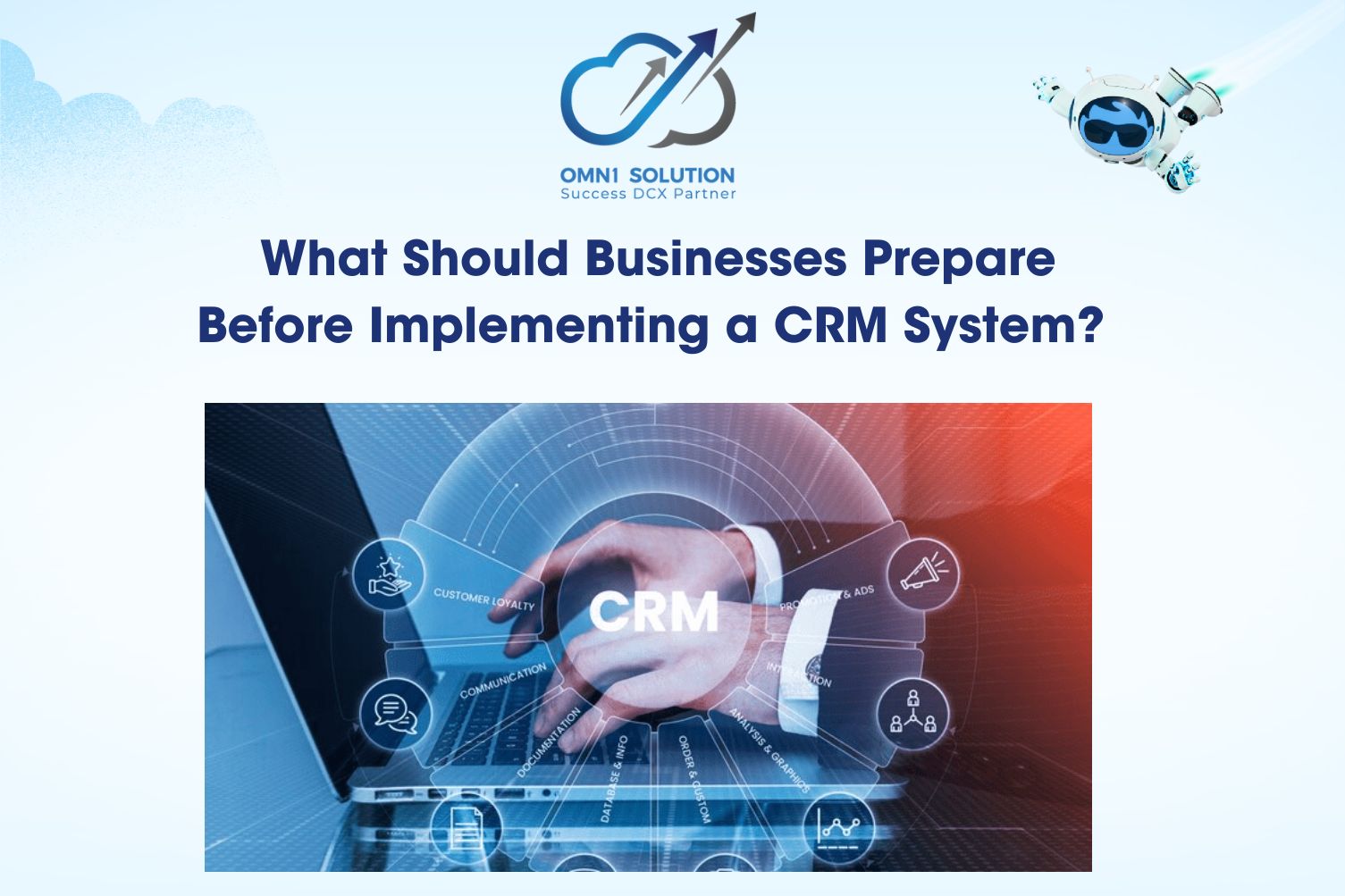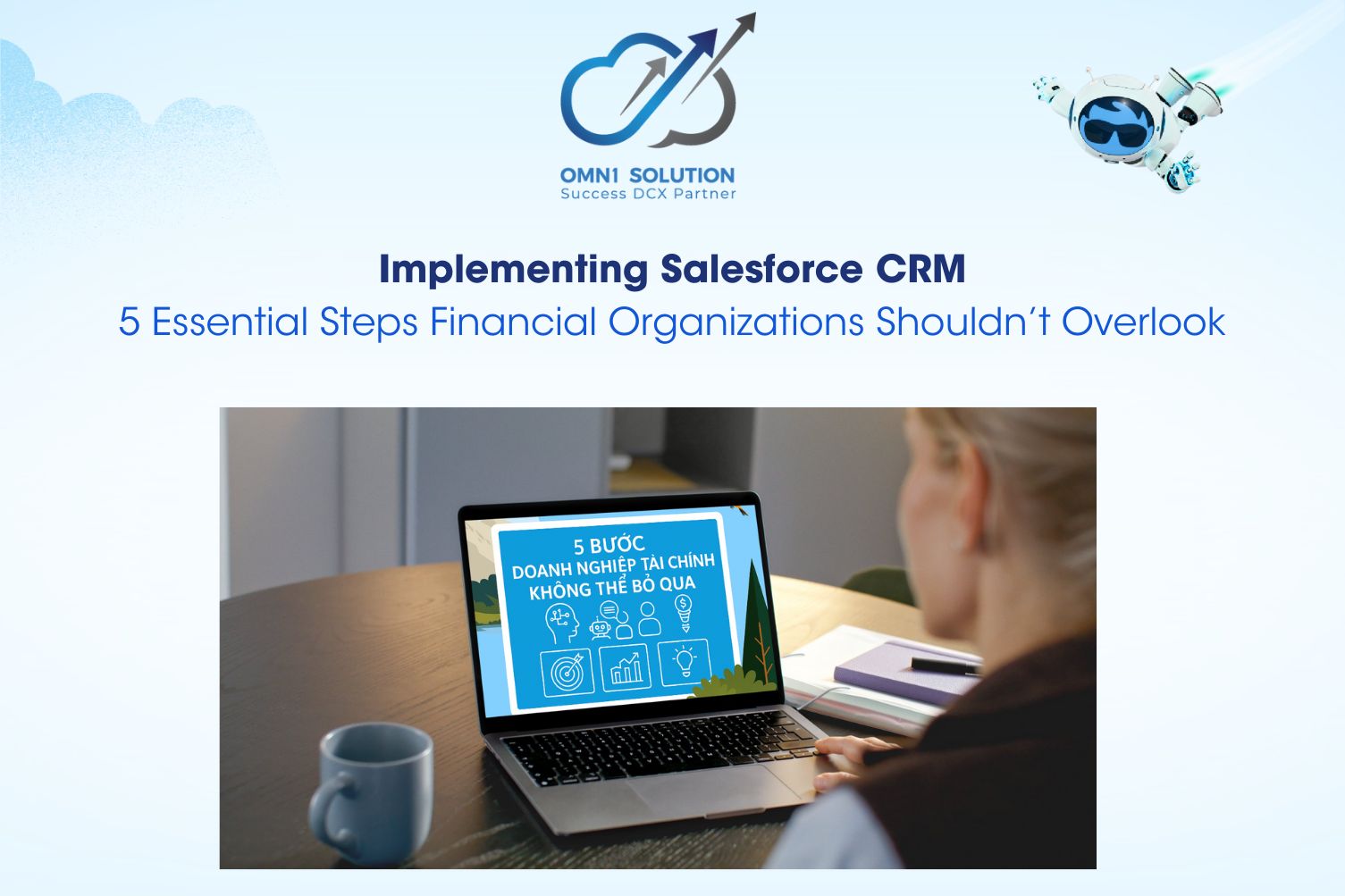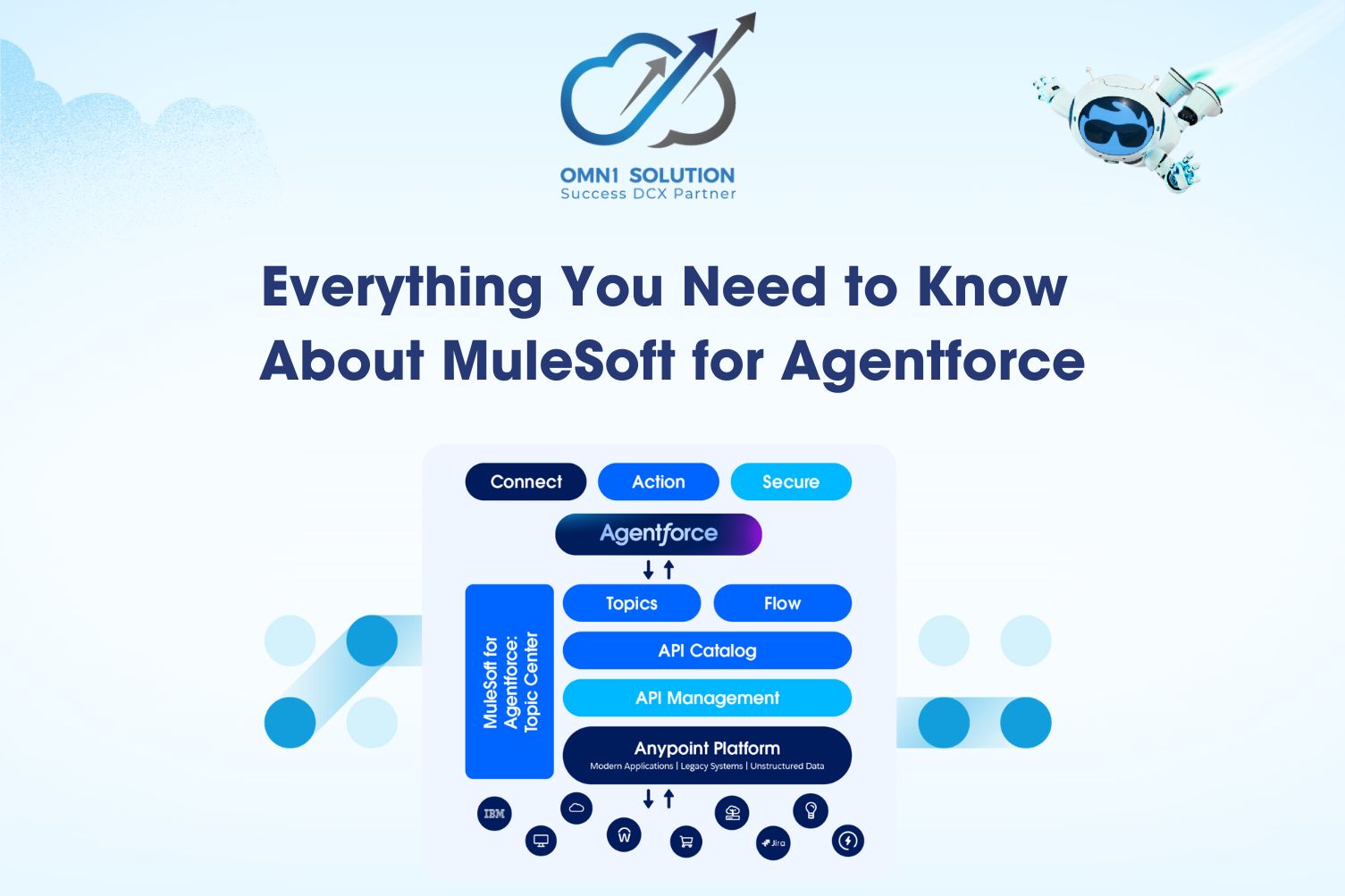CRM – short for Customer Relationship Management – is no longer just an option. It has become the backbone of customer management strategies and business growth, especially in highly competitive industries like finance, retail, real estate, education, and manufacturing.
However, according to Gartner, over 50% of CRM projects fail or fall short of expectations, primarily due to poor preparation during the pre-implementation stage. So, what can businesses do to ensure a successful CRM rollout and maximize its value?
Here are 5 essential steps every business must take before investing in any CRM platform – whether it’s Salesforce, HubSpot, Zoho, or a custom-built system.
1. Define Clear Goals for CRM: What Is It Supposed to Achieve?
A common mistake is adopting CRM simply because “other companies are doing it” or to “digitize processes.” But without clearly identifying the problems CRM is meant to solve, businesses risk ending up with a system that doesn’t deliver results.
Key questions to answer:
- What is the primary goal of implementing CRM? (Boosting sales? Improving customer retention? Optimizing service?)
- What KPIs will measure success? (e.g. 20% increase in conversion rate, 30% faster response time, improved NPS…)
- Will it be a full-scale or phased rollout? Which department should lead the way?
👉 Fact: According to Forrester, organizations that clearly define goals and KPIs from the beginning are 3.5 times more likely to succeed in their CRM implementation.
2. Assess and Clean Your Data: Without Clean Data, CRM Is Just an Empty Shell
CRM runs on data. Yet many businesses store customer information across different departments, spreadsheets, and siloed tools—often unstandardized and outdated.
What needs to be done before implementation:
- Audit the completeness and accuracy of current customer data.
- Standardize data formats: names, emails, phone numbers, transaction history, touchpoints, etc.
- Establish a long-term Data Governance process to ensure consistency.
👉 Example: A car distributor in Vietnam eliminated 23% of duplicate records during CRM data preparation, resulting in nearly 30% savings on marketing costs.
3. Prepare Your Team and Manage Change: Technology Alone Is Not Enough
CRM is more than just a tool—it transforms how people work. Without understanding the benefits or being properly trained, teams often resist or abandon the system.
A solid change management plan should include:
- Hands-on CRM training for key users—especially Sales and Customer Service teams.
- Internal communication on the reasons for change, CRM benefits, and the long-term vision.
- Setting up an internal CRM team: Business Owners, Key Users, and IT Support.
👉 According to Accenture, businesses that invest in change management during CRM implementation are 60% more likely to achieve higher ROI than those that don’t.
4. Choose the Right Solution and Implementation Partner
There are dozens of CRM solutions on the market—from popular SaaS options like Salesforce, HubSpot, Zoho to open-source platforms like Odoo or SuiteCRM, or even in-house systems.
Things to consider:
- Industry-specific needs: CRM for B2B is different from B2C; CRM for finance is not the same as CRM for education.
- Scalability, integration capabilities, and customization options.
- A partner with proven CRM implementation experience in your industry—one who understands your workflows and business language.
👉 Example: An insurance company in Ho Chi Minh City successfully launched their CRM in just 4 months by choosing a partner that understood their claims process and built tailored workflows.
5. Prepare for System Integration: CRM Cannot Work in Isolation
CRM needs to "talk" to other core systems such as ERP, accounting software, POS, email marketing, chatbots, customer portals, and more.
Preparation steps include:
- List all systems that need to be integrated.
- Identify what data needs syncing, the data flow direction, and update frequency.
- Evaluate whether your current tech stack supports integration.
- Plan a phased integration roadmap—start with customer data, then orders, support tickets, etc.
👉 Note: Not everything needs to be integrated at once. A phased approach helps minimize risk and ensures better control.
Conclusion
Whether it’s Salesforce, HubSpot, or a proprietary platform, CRM implementation is not just about installing software. It’s a full-scale operational transformation that requires careful planning across strategy, data, people, and technology.
These 5 preparation steps are your runway to success—helping reduce risk and ensuring your CRM system becomes a true growth engine for your business in the digital age.
👉 Contact OMN1 Solution today for expert consultation and end-to-end CRM implementation support. 👇👇










